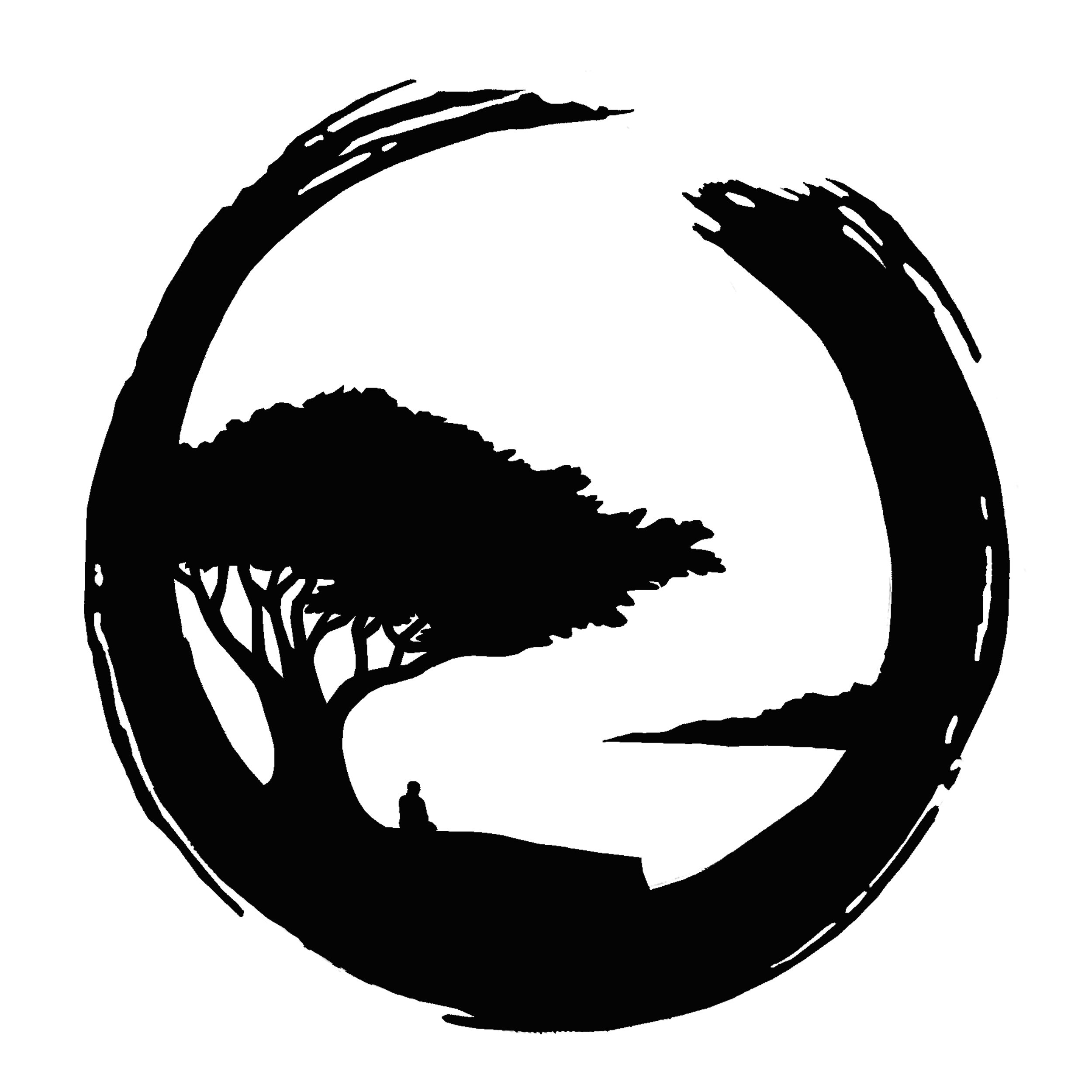Buddhas Hide Themselves in the Flames
With the fires comes an unnatural stillness and a tension in the air that causes people to wake-up at two a.m. with the mind of apprehension. For weeks now we see smoke back in the canyons and hear sirens in the the late afternoons. We listen to the news and watch the daily Cal Fire briefings. We fret and walk the dogs and look up at the malevolent gray sky.
The word “complex” has taken on a new meaning over the past month. Previously, the word was commonly understood as an intricate, or complicated association or assemblage of related things. More recently, Cal Fire officials offer that “complex” is the word for a series of fires in a given region, classified by “similar characteristics, starting time, and geography.” These same officials offer the definition with unfaltering authority, as if it were something like an explanation—as though they are offering something other than when there are this many fires, we run out of names. Now, in addition to the original 2008 Basin Complex Fire, that scorched 162,818 acres near Tassajara, we have the SCU Lightning Complex, LNU Lightning Complex and the North Complex Fire.
Still, these days, I am interested in names and explanations. On a daily basis I track the various fires on the Cal Fire maps. I pore over data in an attempt to learn about the meteorology behind the winds. I call a friend who has been a news reporter covering environmental issues for years and coax him into explaining what he knows about the climate change and the fires over the phone. I look through the Cal Fire web site, trying to construe the basics of what qualifies an event as a blaze, or an inferno, or a “complex.” I track fires I’ve known through the years and return to the books, Fire Monks, by Laura Bush and Norman Maclean’s Young Men and Fire by. I study this information on impulse, with the naive idea that the more I understand about the situation, the more I’ll be able to control it. It’s a habit instinctive to the notion that my command over situations is informed by the ability to comprehend it. Nonetheless, as the days press on with a milky orange sun on the horizon, my confidence in what I know and understand appears to falter. The same impulse toward understanding steers me to Zen literature:
A monk came to Zhaozhou and inquired about the phrase: “When the Buddhas have difficulties, they hide themselves in the flames.” Inquiring further, the monk asked, “Where do hide yourself in the midst of difficulties?” To this, Zhaozhou replied in a poem:
He says the Buddhas have difficulties,
I say he has the problem.
Just watch the way I avoid the difficulties:
Where is it that they follow after us?
“Yes” and “No” are not spoken,
Coming and going are not coming and going.
I have spoken about the dharma of difficulty
for you.
Now come and get to know me.
“Just watch the way I avoid difficulties,” Really? How does one do that? Where is such a place? How does Zhaozhou remain at ease in the midst of fires, pandemics and the remaining ten thousand trials? The popular American tenet has always been move on, or remake. In the past weeks, however, there’s been new inclination to move-on, to find a place where there is no fires. To find a place where that is safe. This impulse seems less like a wish to move from one place to another, than an effort to travel back in time, to a few years ago.
Is Zhaozhou’s “avoiding difficulties” is the inclination to not know something—or seek alternatives to reality. Rather, when suffering is accepted as it is—lacking my opinions about it—there is no longer quite something called suffering and no longer so much of the person who suffers. What appears is just reality itself in all its terrible beauty. Just this person, even in smoke and tears, is the Buddha hidden in flames. Now come and get to know her.
